PROJECT
Installation, Land Art, Architectural Theory
CLIENT
MAAT Festival
LOCATION
Mesocco Castel
Collab.
S. Speziali
MIST 2 is architectural immersive experience by HOXAR STUDIO that blurs the lines between art installation, land art, and architectural theory.
This pavilion is not just another static structure; it’s an adaptive installation that emphasizes sustainability. The core concept behind MIST 2 is to “break architecture’s toolbox.”
It challenges traditional architectural norms which definines paces with architectural elements like floors, walls, ceilings, and columns, which can be combined, altered, perforated, bent, or juxtaposed.
Although possibilities within this framework are infinite, and the project aims to expand our understanding of boundaries by presenting MIST 2.

The uniqueness of MIST 2 lies in its ability to break free from the conventional world frame. It encourages viewers to change their perspective and explore a wide range of possible views. The theoretical foundation of this project draws inspiration from Merleau-Ponty’s Phenomenology of Perception.
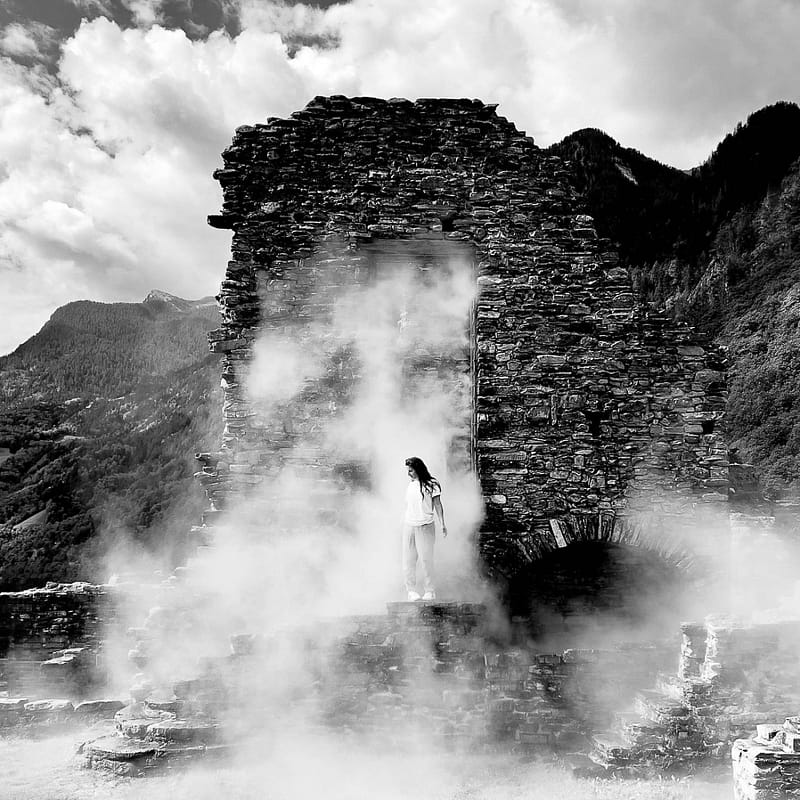
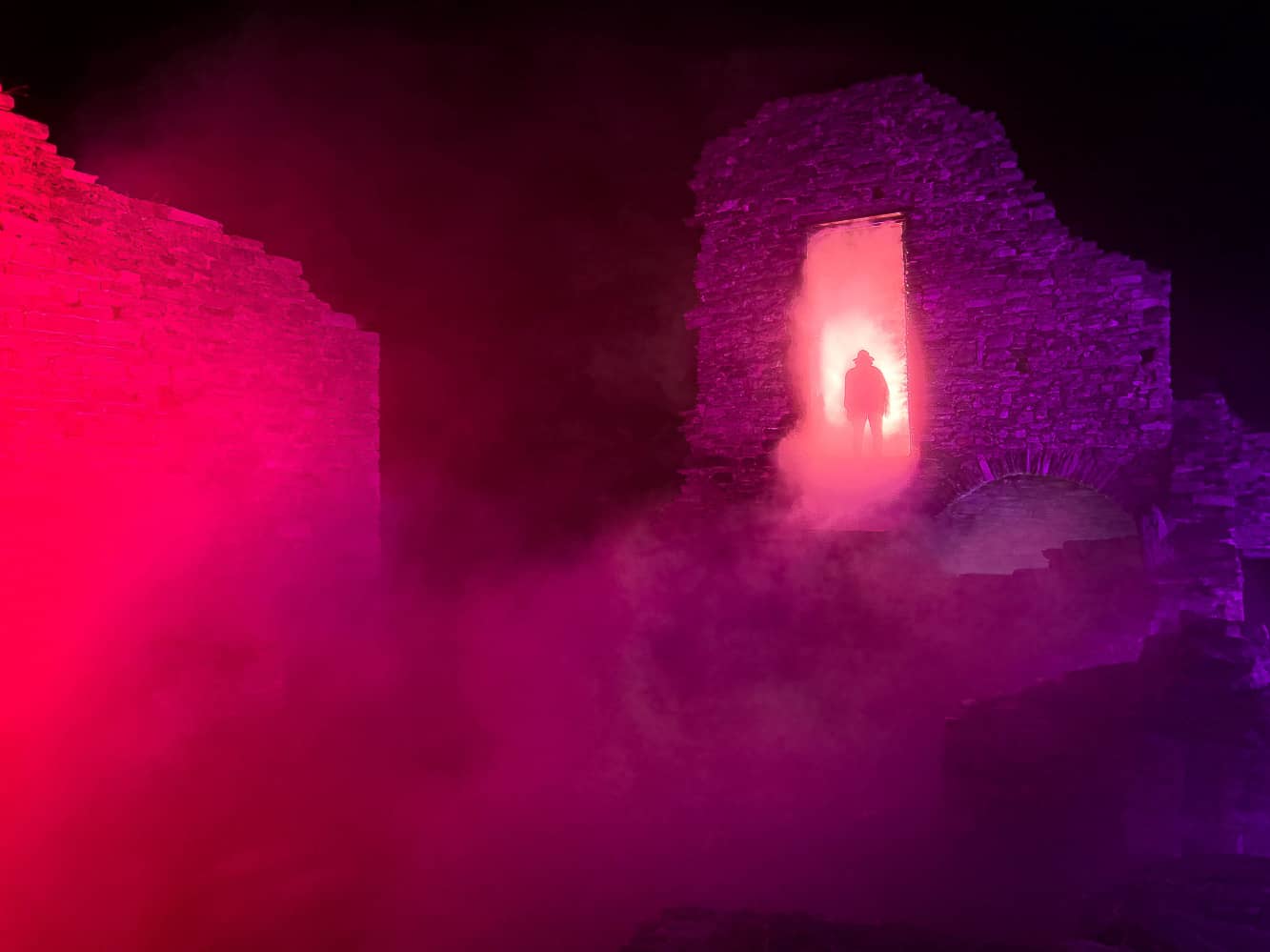
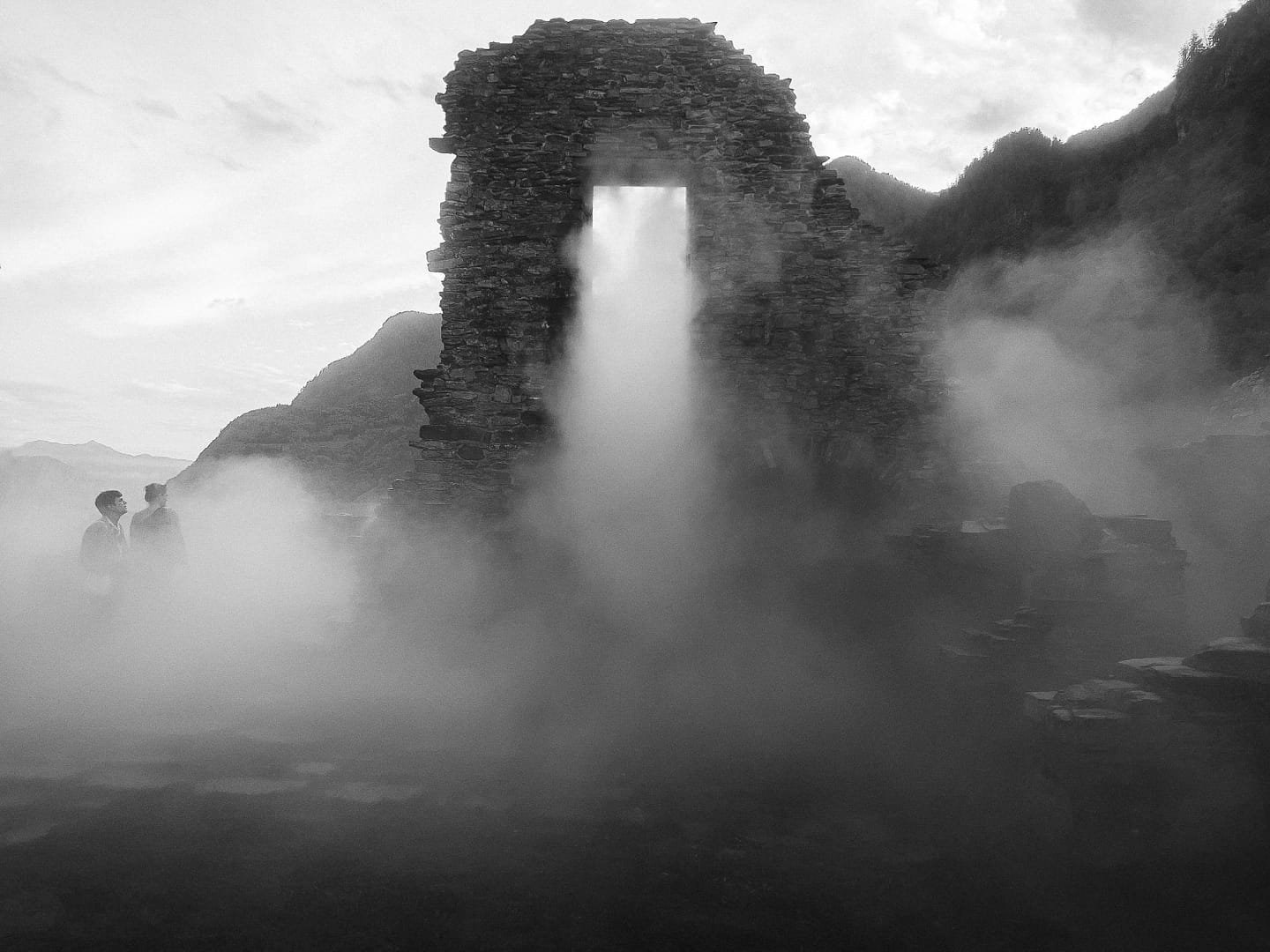
Rather than observing elements from the outside, MIST 2 invites participants to experience them from within, living the boundaries. “The perceiver tacitly experiences all the perspectives upon that object coming from all the surrounding things of its environment, as well as the potential perspectives that that object has upon the beings around it.”
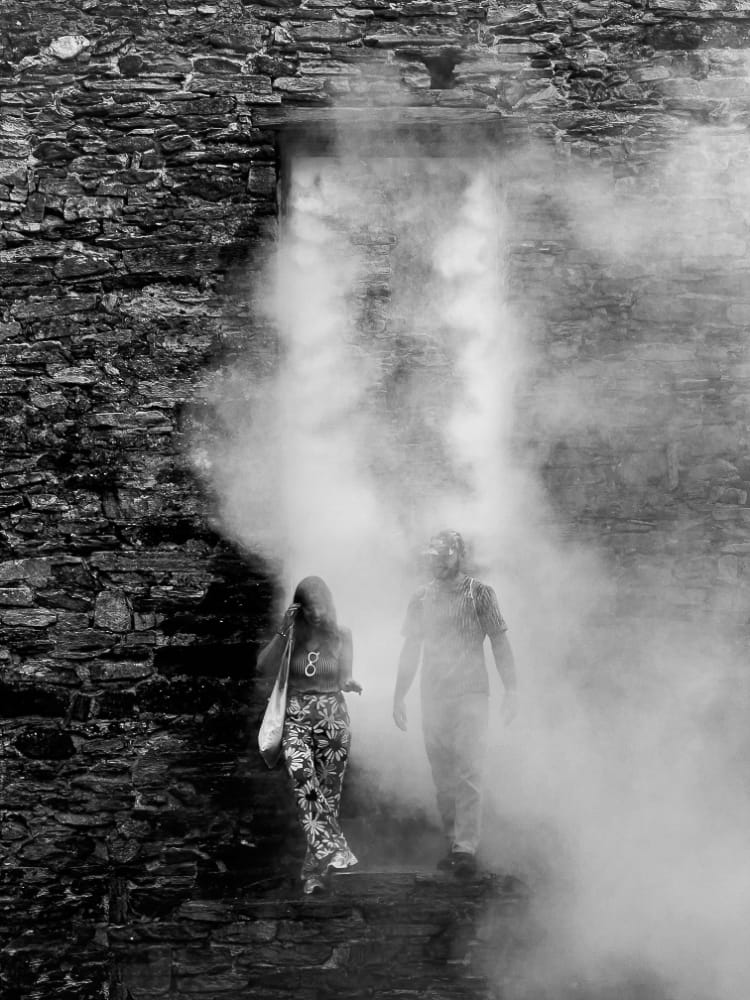
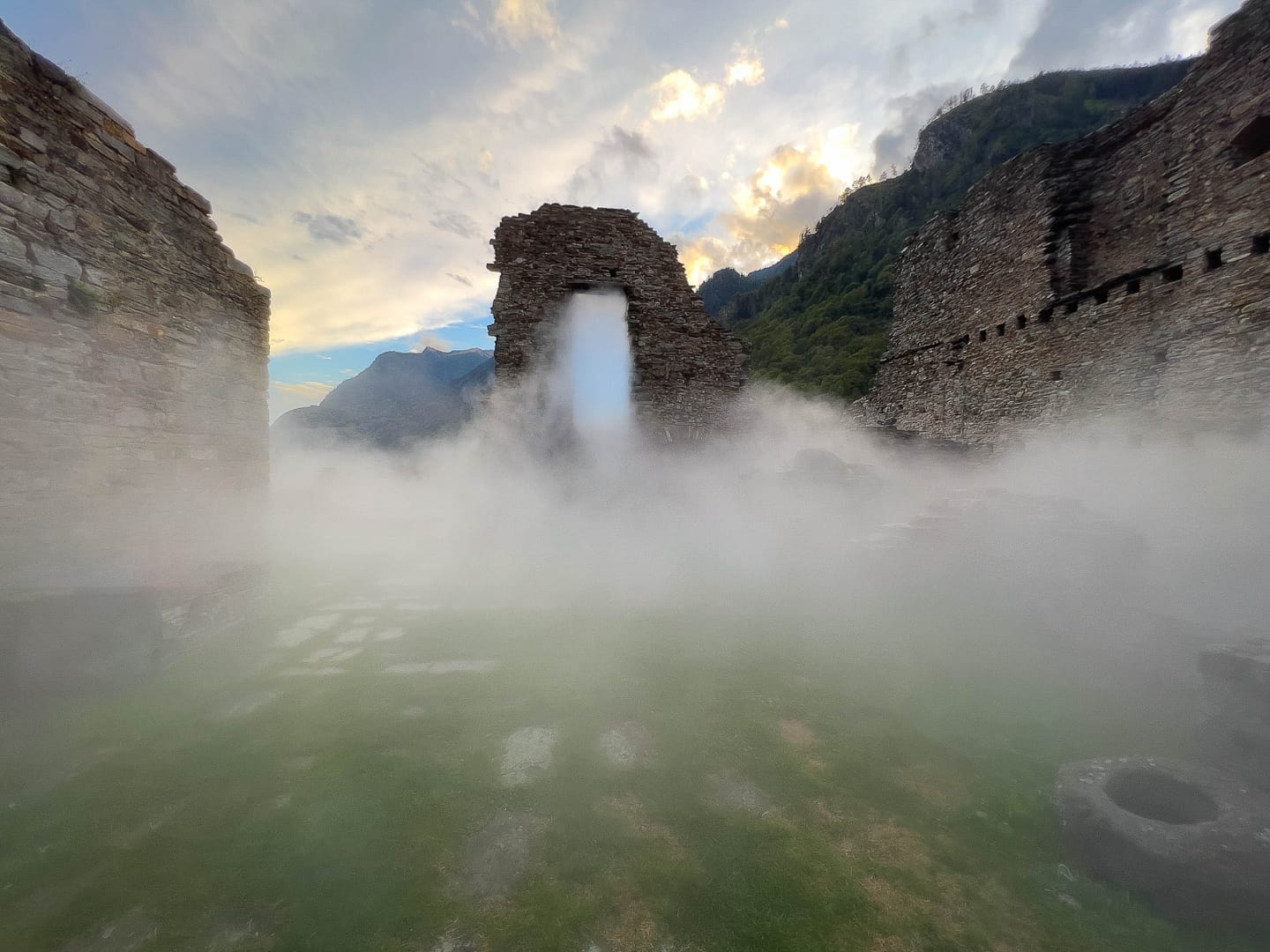
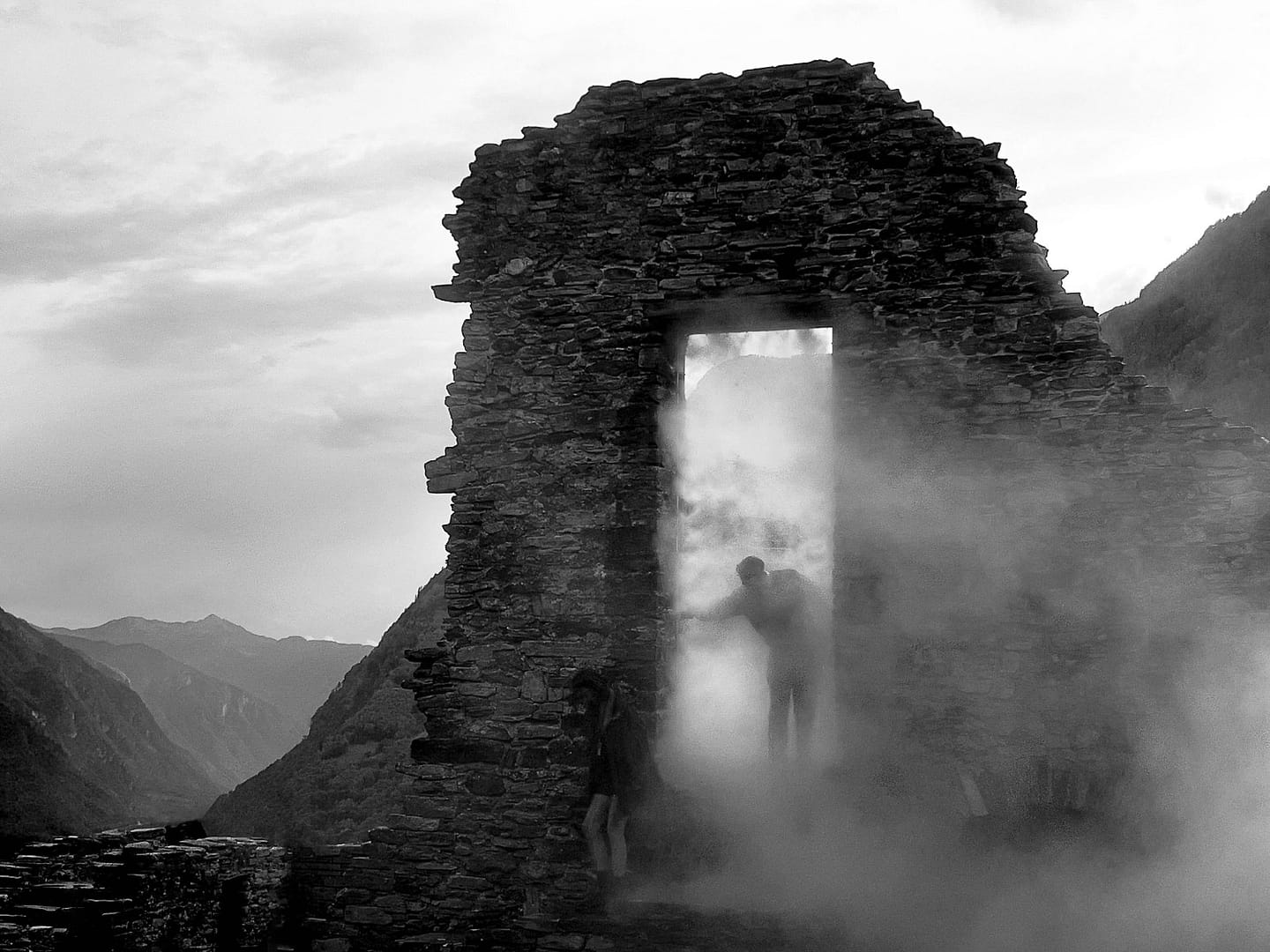
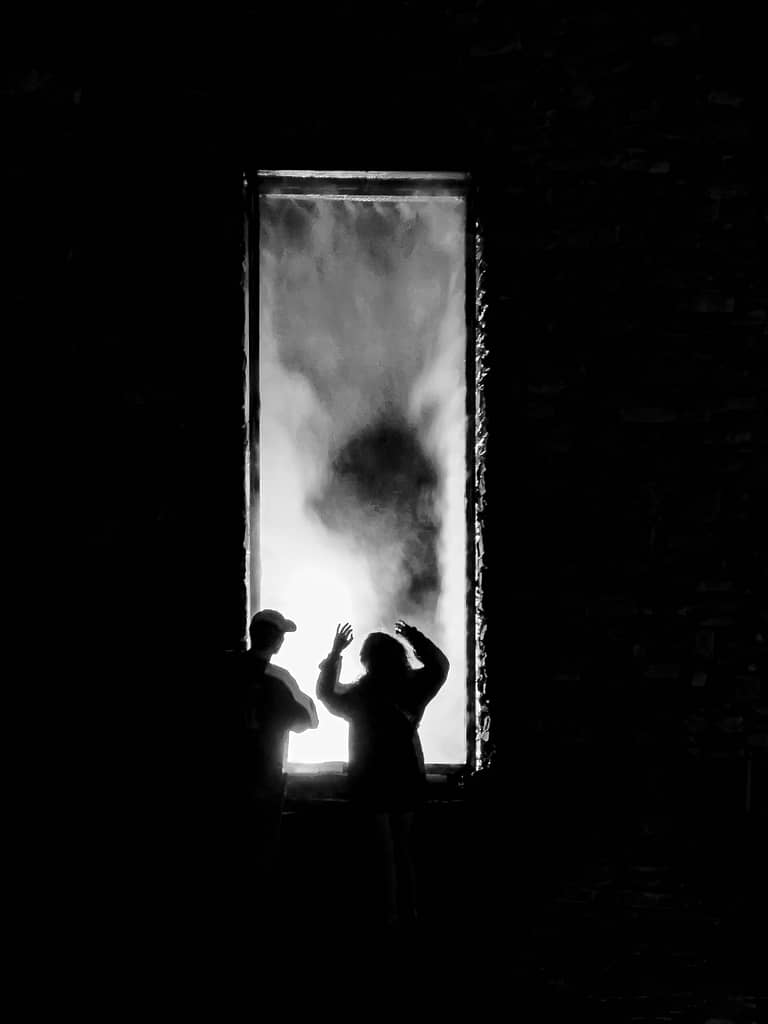
In practical terms, MIST 2 invites participants to venture through a cloud, providing an opportunity to experiment with architectural elements from within. While the cloud has a physical form and shape that appears solid from the outside, penetration transforms it into an evolving surrounding.
What was initially perceived as a boundary now becomes a dynamic environment. Percivers do not merely observe the cloud from the outside; they experience the world from within it. The ever-changing shapes of the cloud reveal and alter reality, creating a new, equally valid experience.
MIST 2 offers a holistic experience for both the body and the mind. When immersed in this architectural experience, the familiar feeling of depth as we know it disappears.
Motion design projections enhance the cognitive experience, taking participants on a journey that challenges their perceptions.
It’s an exploration of boundaries, an invitation to question the rigid constraints of traditional architecture, and an opportunity to engage with the environment in an entirely new way.
MIST 2 signifies a shift in how we interact with architectural spaces, offering a glimpse into the limitless possibilities of architectural theory paired with sustainable design.
HOXAR STUDIO’s MIST 2 is a statement to the ever-evolving nature of architecture. It prompts us to consider not just the structures we build but also the experiences we create within them.
The project encourages architects, artists, and enthusiasts to think beyond the confines of traditional design. By adopting a philosophy that treats architecture as a living, breathing entity, MIST 2 is a departure from the static structures of the past.
It challenges us to live within the boundaries we construct, and in doing so, it provides a unique opportunity for introspection and interaction with our surroundings.
MIST 2 also challenges conventional materials and finishes in the realm of architectural design. Comprising over a thousand drops of water, the installation takes on an ever-evolving character.
The aesthetic experience of MIST 2 depends on the play of natural light and is never the same, continually shifting as the environment changes. It presents a transformative concept where the material itself is fluid, and its appearance is intricately tied to the surrounding conditions.
There is no fixed layout, as the installation’s shape and boundaries are in a state of constant adaptation. These adaptations are influenced by variables such as temperature, pressure, humidity, and wind.
This organic approach to design challenges the static nature of traditional architectural layouts, embracing the dynamic interplay between the installation and its environment.
The atmosphere created by MIST 2 is all-encompassing, inclusive, and embracing.
Participants are enveloped in a wet, adaptive environment that fosters a sensory and immersive experience.
This adaptive atmosphere interacts with visitors, responding to their presence and the surrounding conditions. It invites them to become an integral part of the ever-changing installation.
Lighting is a fundamental element of MIST 2, playing a pivotal role in shaping the experience.
During the daytime, the installation’s shapes are revealed by the shifting patterns of natural light. It responds to the dynamic interplay of light and environmental factors, creating an ever-evolving visual landscape.
At nighttime, motion design projections come into play. These interactive projections change in response to the people who engage with MIST 2, resulting in an incorporative design. The light passes through water droplets, diffracting and merging with the environment.
MIST 2’s integration with its context is a testimony to its adaptive and responsive design. It is situated on the ruins of Castle Mesocco, perched atop a hill in the heart of a picturesque valley.
The dramatic scenery provides an awe-inspiring backdrop to the installation. MIST 2 not only adapts to its surroundings but also harmonizes with them. It utilizes existing architectural elements to blur the boundaries between the natural and the man-made, interfering with the existing stone fortification and creating a seamless blend of realities.
MIST 2 by HOXAR STUDIO embodies a radical departure from conventional architecture. It redefines the boundaries between art, land, and architectural theory while remaining firmly grounded in sustainability. Inspired by the philosophies of Merleau-Ponty, it invites participants to explore architecture from within, resulting in a transformation of their perception.
This immersive experience serves as a statement to the power of architectural theory, pushing the boundaries of what we perceive and experience in the built environment. This project offers a glimpse into the limitless potential of adaptive, sustainable, and thought-provoking design, setting a new standard for the intersection of art and architecture.
Participants are enveloped in a wet, adaptive environment that fosters a sensory and immersive experience.
The adaptive atmosphere interacts with visitors, responding to their presence and the surrounding conditions. It invites them to become an integral part of the ever-changing installation.
RELATED PROJECTS